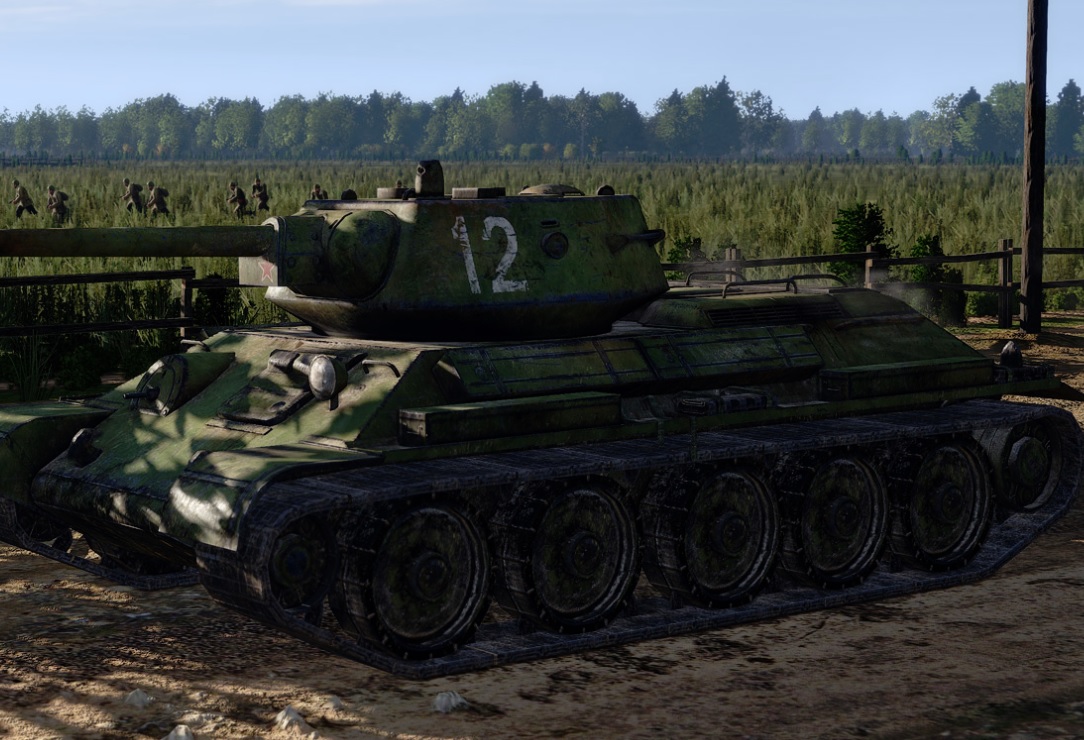For me, one of the surprising delights in gaming this summer came from French independent developer and self-publisher Eugen Systems, which launched its real-time strategy game Steel Division 2 on Steam on the Windows PC and Mac.
The $40 RTS takes you back to the Russian Front of World War II, where the Germans and the Soviets squared off in 1944 with huge battles involving tanks, infantry, and air units. In Steel Division 2, you can relive these battles, zooming in close on the action or zoom out high to get a bird’s eye view.

Unlock premium content and VIP community perks with GB M A X!
Join now to enjoy our free and premium membership perks.
![]()

![]()